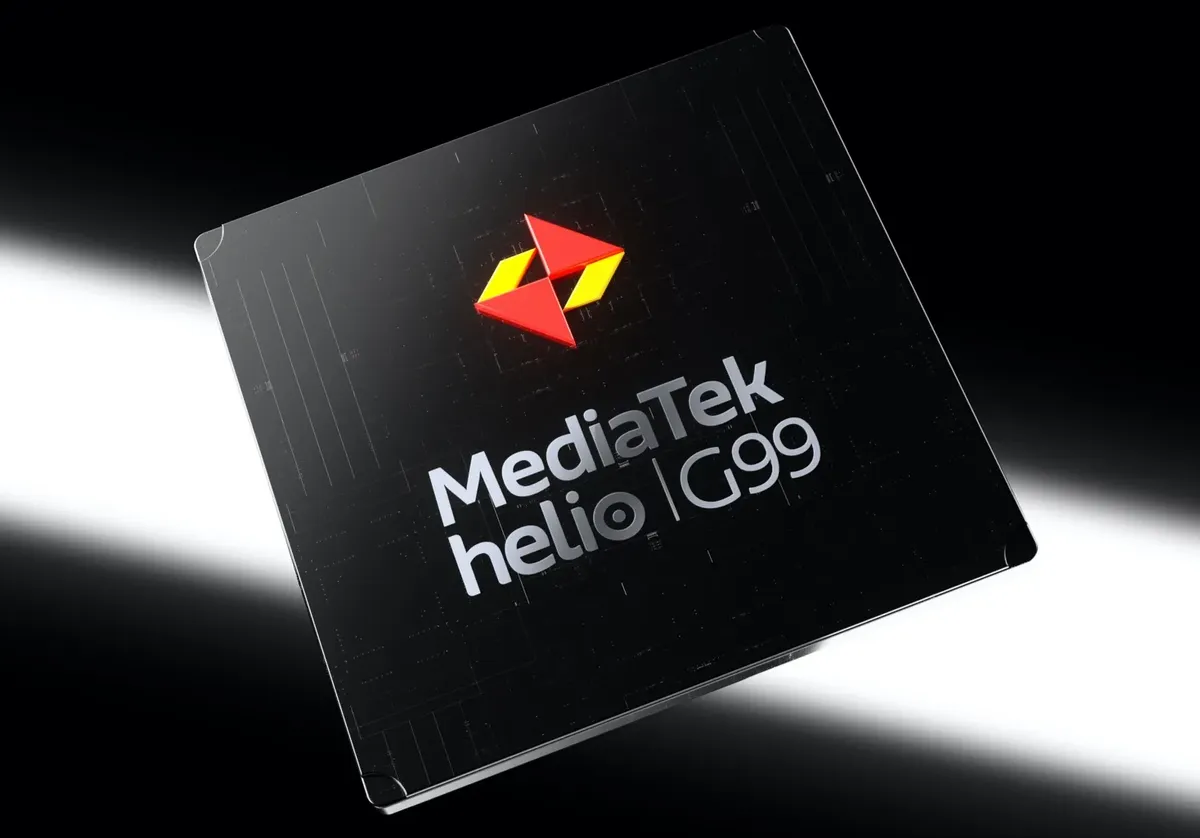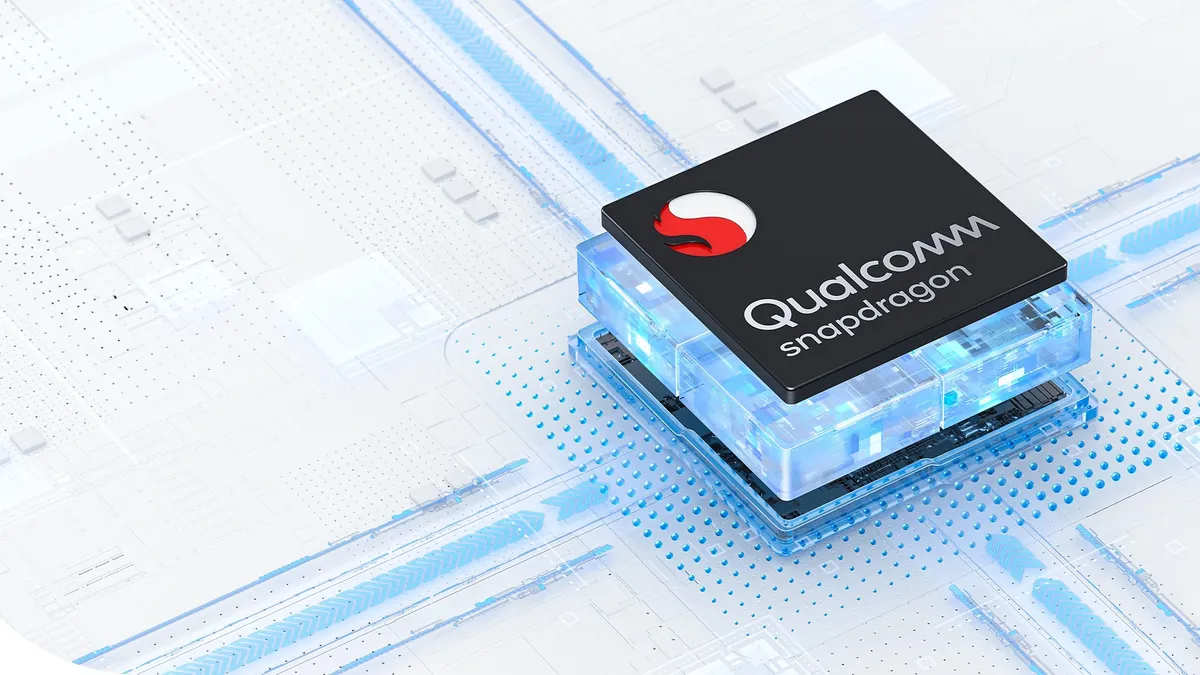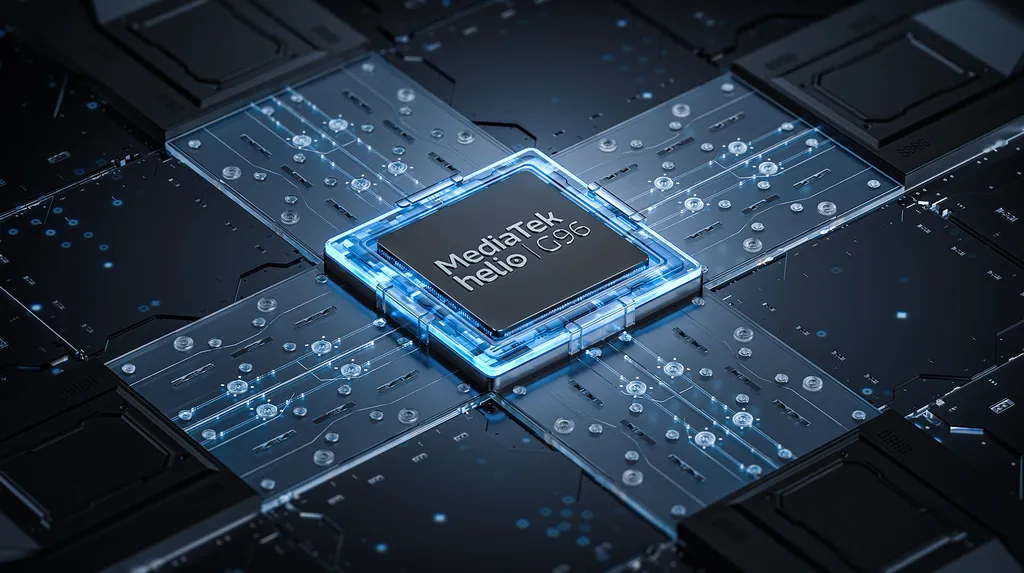5 Chipsets Similar to Snapdragon 685
At the end of the first quarter of 2023, Qualcomm introduced a new SoC (System on Chip) called Snapdragon 685. It is an improved version of the earlier Snapdragon 680 that has better performance.
This chip is built using the ARMv8.2-A architecture and is made with a 6 nm process, which means it is quite power-efficient.
One of the key upgrades in Snapdragon 685 is its processor setup. It uses an octa-core CPU made up of four Cortex-A73 cores running at 2.8 GHz for performance, and four Cortex-A53 cores at 1.9 GHz to save energy. For graphics, the chipset uses the Adreno 610 GPU (Graphics Processing Unit).
Another upgrade can be seen in image processing. With the 12-bit Qualcomm Spectra ISP, this chipset can capture three photos or videos at the same time. It also includes the Hexagon 686 NPU and supports up to 108 MP for the main camera.
Snapdragon 685 can also show Full HD+ resolution with a refresh rate of up to 120 Hz. However, it still lacks higher video recording resolution and is limited to 1080p, just like the Snapdragon 680.
Overall, Snapdragon 685 is a strong mid-range option. The regular Xiaomi Redmi Note 12 was the first phone to use it, while other models in the series already support 5G.
In benchmark tests, Snapdragon 685 scores around 270,223 on AnTuTu v9. In GeekBench 5, it gets 374 for single-core and 1600 for multi-core performance. So, what chipsets offer similar capabilities to the Snapdragon 685? Let’s take a look at the following list.
1. MediaTek Helio G99

Helio G99 is a 4G mid-range chipset built with a 6 nm process. It uses an octa-core CPU with two Cortex-A76 cores at 2.2 GHz for power and six Cortex-A55 cores at around 2.0 GHz for efficiency.
Its graphics unit is the Mali-G57 MC2 with two cores, based on the first generation of Valhall architecture and running at around 950 MHz. This chip supports LPDDR4x RAM, UFS 2.2 storage, and Full HD+ screens with refresh rates up to 120 Hz.
In performance tests, the Helio G99 slightly beats the Snapdragon 685 in heavy tasks. Even though its speed is lower (2.2 GHz compared to 2.8 GHz), the newer A76 cores offer better instructions per cycle. This makes Helio G99 equal to or even faster than Snapdragon 685 in multi-core usage.
For lighter single-core tasks, Snapdragon 685 still performs a bit better because of its high-speed ‘Gold’ cores, but in daily use, the difference is not much. Both processors work well for everyday apps, and the Helio G99 may feel faster when doing heavy tasks.
For gaming, Helio G99 uses Mali-G57 MC2, while Snapdragon 685 has the Adreno 610, which is Qualcomm’s GPU for mid-range devices. Neither is made for advanced gaming, but both can handle casual and mid-level games well.
Games like Mobile Legends, Free Fire, PUBG Mobile, and Call of Duty Mobile run smoothly on medium settings at 30–60 fps. For more demanding games such as Genshin Impact, you still need to set the graphics to low or medium to keep the gameplay smooth.
2. Qualcomm Snapdragon 680

Snapdragon 680 was launched in late 2021 as a mid-range 4G chipset. It became popular in 2022, used in phones like the Redmi Note 11 4G and Samsung Galaxy A23 4G. It is built using the same 6 nm process as the Snapdragon 685. The CPU setup is also the same, but the clock speed is slightly lower.
In general, the Snapdragon 680 performs about 10 to 15 percent slower than the Snapdragon 685. This means that when you upgrade from Snapdragon 680 to 685, the change may not feel very different in everyday use. Both chips can handle daily tasks smoothly.
When it comes to gaming, Snapdragon 680 provides a similar experience to the 685, especially for light and mid-level games. Titles like Mobile Legends and PUBG Mobile can run on medium graphics settings with stable frame rates around 30 to 60 fps.
The Snapdragon 680 also includes many of the same functions found in the Snapdragon 685. One key difference is the image signal processor (ISP). Snapdragon 680 supports a single camera up to 64 MP or dual 16 MP cameras. In comparison, Snapdragon 685 can support cameras up to 108 MP.
3. MediaTek Dimensity 6020

Unlike the other chipsets in this list, the Dimensity 6020 supports built-in 5G networks. It is basically the same as the Dimensity 700 but has similar specifications to the Helio G99. These include 7nm manufacturing, an octa-core CPU, Mali-G57 MC2 GPU, LPDDR4x RAM support, and UFS 2.2 storage.
When compared to the Snapdragon 685, the Dimensity 6020 uses two newer Cortex-A76 cores. Meanwhile, the Snapdragon 685 uses four older Cortex-A73 cores. In practice, this gives the Dimensity 6020 slightly better CPU performance in some cases.
The Mali-G57 MC2 GPU in the Dimensity 6020 is also a bit stronger than the Adreno 610 in the Snapdragon 685. This makes the Dimensity 6020 better for games that need strong GPU performance.
Games like PUBG Mobile, MLBB, and COD Mobile can run smoothly on medium settings. MediaTek also includes HyperEngine 3.0 Lite for better gaming performance.
Another advantage of the Dimensity 6020 is its 5G Sub-6 modem. Its 4G modem is also faster, with LTE Cat.18 for downloads, while the Snapdragon 685 supports Cat.13. However, the real internet speed still depends on your mobile carrier.
For cameras, the Dimensity 6020 supports up to 64MP, while the Snapdragon 685 goes up to 108MP. The Dimensity 6020 also has lower video recording support, with a limit of 1080p at 30 fps, while the Snapdragon 685 can record at 1080p with up to 60 fps.
4. Unisoc Tiger T620/T7280

Unisoc Tiger T620, also called Unisoc T7280 in the 2024 version, is a 4G chipset made using 12nm technology. It has a CPU with 2 Cortex-A75 cores at 2.2 GHz and 6 Cortex-A55 cores at 1.8 GHz. For graphics, it uses the Mali-G57 MP1 GPU with one core (850 MHz).
This chipset also supports LPDDR4x RAM at 1866 MHz, UFS 2.1 or 2.2 storage, displays up to 1080p with a 90Hz refresh rate, cameras up to 108MP, and video recording up to 1080p at 60 frames per second. On paper, the T620 is quite similar to older models like the Unisoc T616 and T618, but with a slightly higher CPU and GPU speed.
Even though the T620 is in the lower category, its performance is close to the Snapdragon 685. In the AnTuTu v10 benchmark, it scores around 300,000, which is not far from the Snapdragon 685's score of 300,000 to 350,000.
However, for gaming, the Unisoc T620 is only suitable for light games or those with simple graphics. It can handle games like Subway Surfers, Candy Crush, and Mobile Legends (on low settings) quite well. But for heavier games like PUBG Mobile or Call of Duty Mobile, the performance will drop if you try medium or high graphics settings.
5. MediaTek Helio G96

Helio G96 came out in 2021 as the next version of the Helio G95. At that time, it was designed for upper mid-range 4G phones. The CPU has the same setup as the G95, with 2 Cortex-A76 cores at 2.05 GHz and 6 Cortex-A55 cores at 2.0 GHz. However, the GPU was changed to a lower version, using the Mali-G57 MC2 instead of the G95’s Mali-G76 MC4.
The Helio G96 still uses 12nm technology. It supports LPDDR4x RAM, UFS 2.2 storage, Full HD+ displays with up to 120Hz refresh rate, and cameras up to 108MP. The Helio G96 improves the display and camera features compared to the G95, but its gaming performance is actually a bit weaker.
When compared to the Snapdragon 685, the Helio G96 has a more modern CPU design (A76 vs A73), but runs at a lower clock speed (2.05 GHz vs 2.8 GHz). In daily use, their performance is quite similar. The Snapdragon 685 may be better at simple tasks that only use one core, while the Helio G96 might do better in multi-core tasks.
For gaming, both Helio G96 and Snapdragon 685 perform about the same. The Adreno 610 and Mali-G57 MC2 can handle medium-level games, but they are not ideal for heavy gaming. Most popular games should run fine on medium settings.
Because it uses older 12nm technology, the Helio G96 is not as power efficient as newer 6nm chipsets like the Snapdragon 685. The Helio G96 may get hot when used for long or heavy tasks. The Snapdragon 685 can also heat up, but it usually uses less power overall.
So, that's the list of chipsets with performance at the same level as the Snapdragon 685! Each one has its own strengths and weaknesses.
